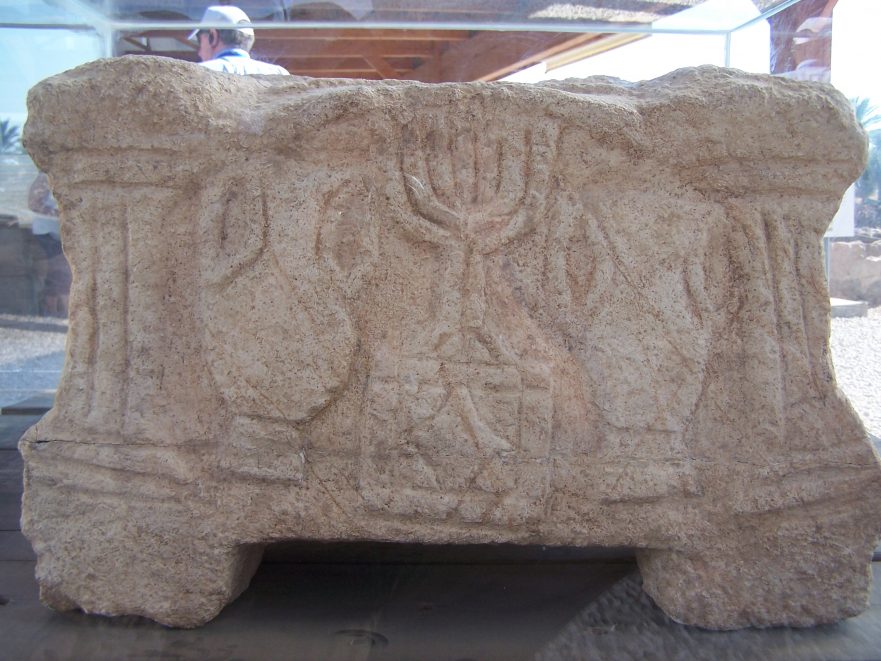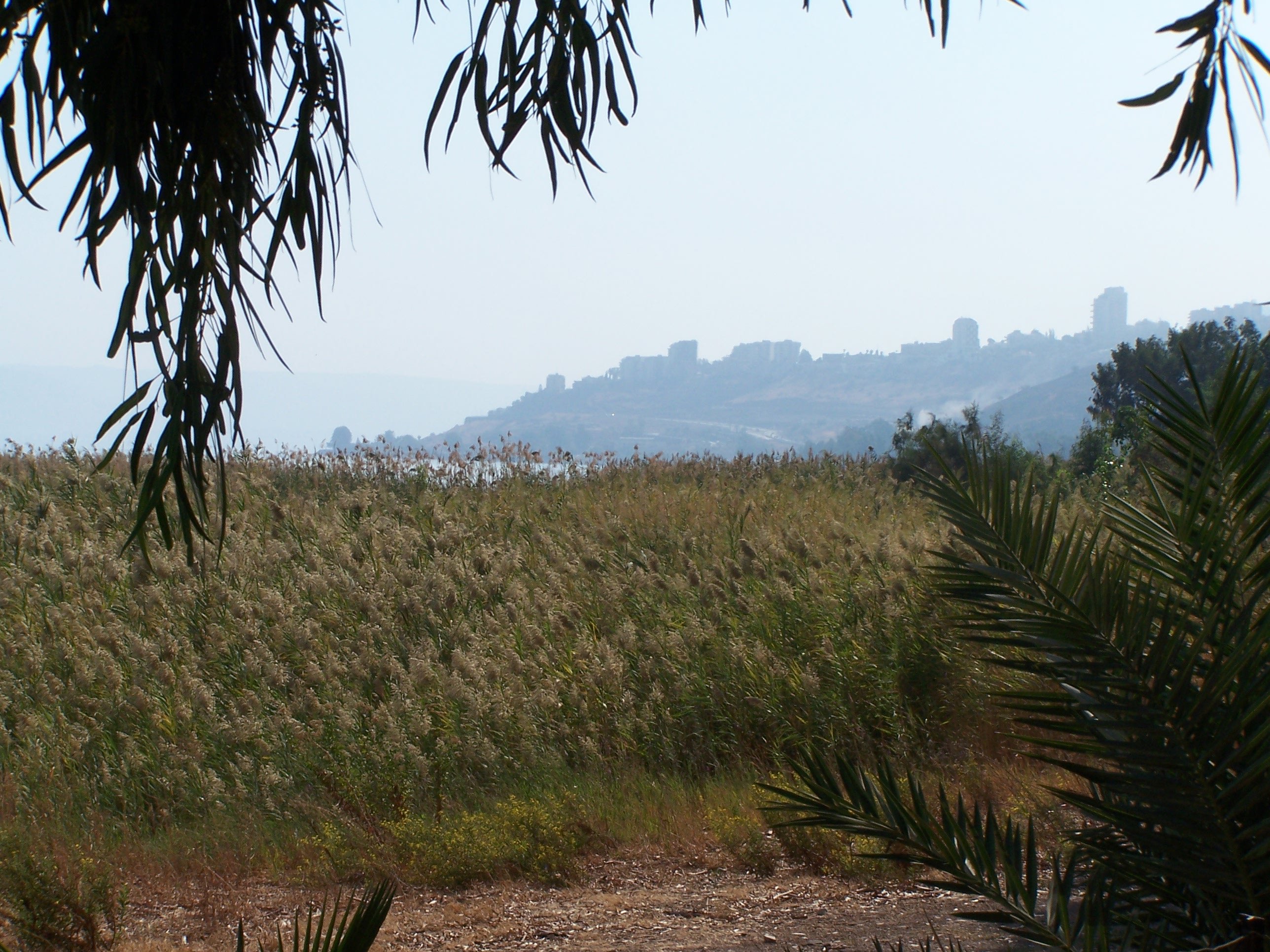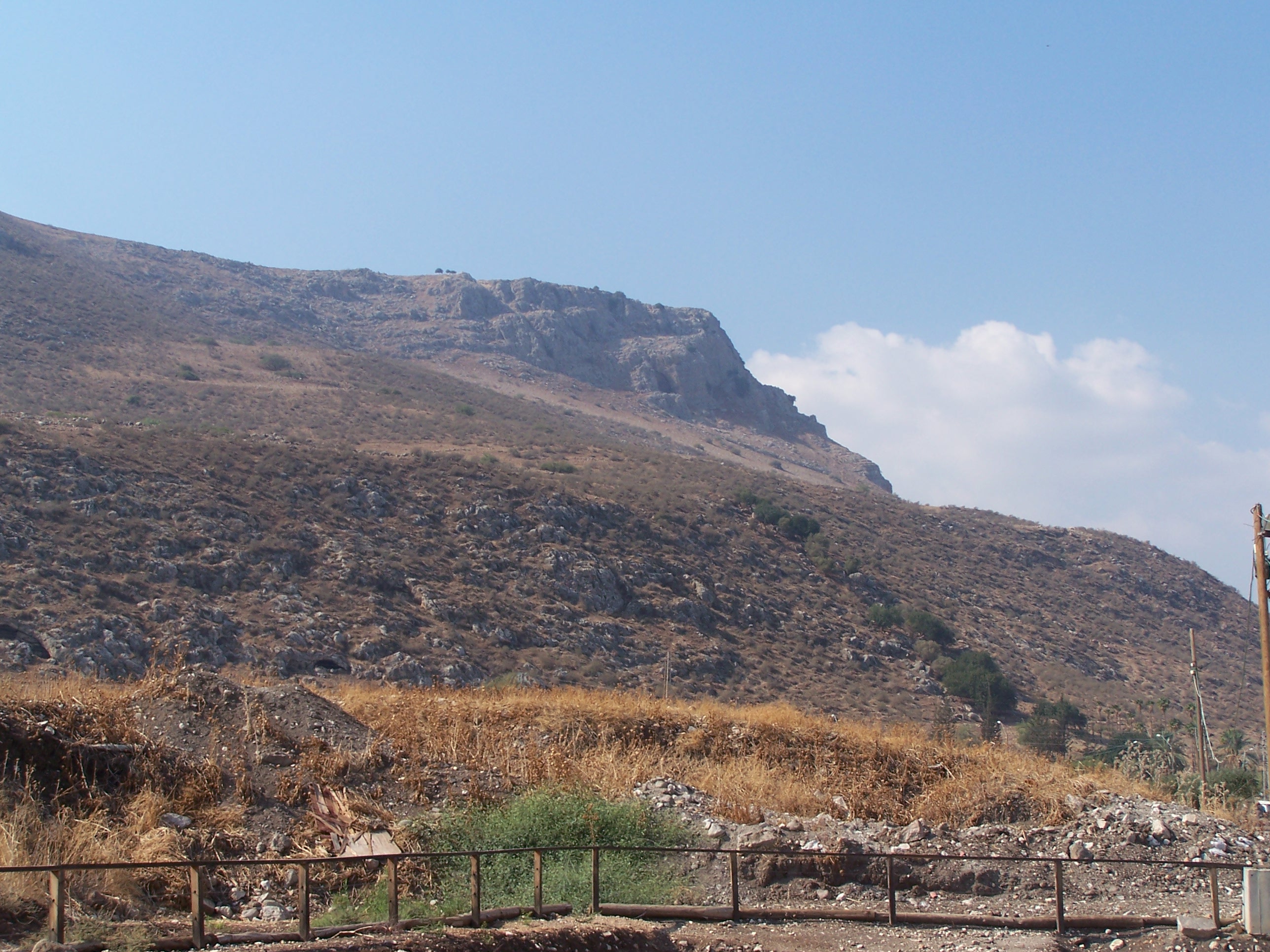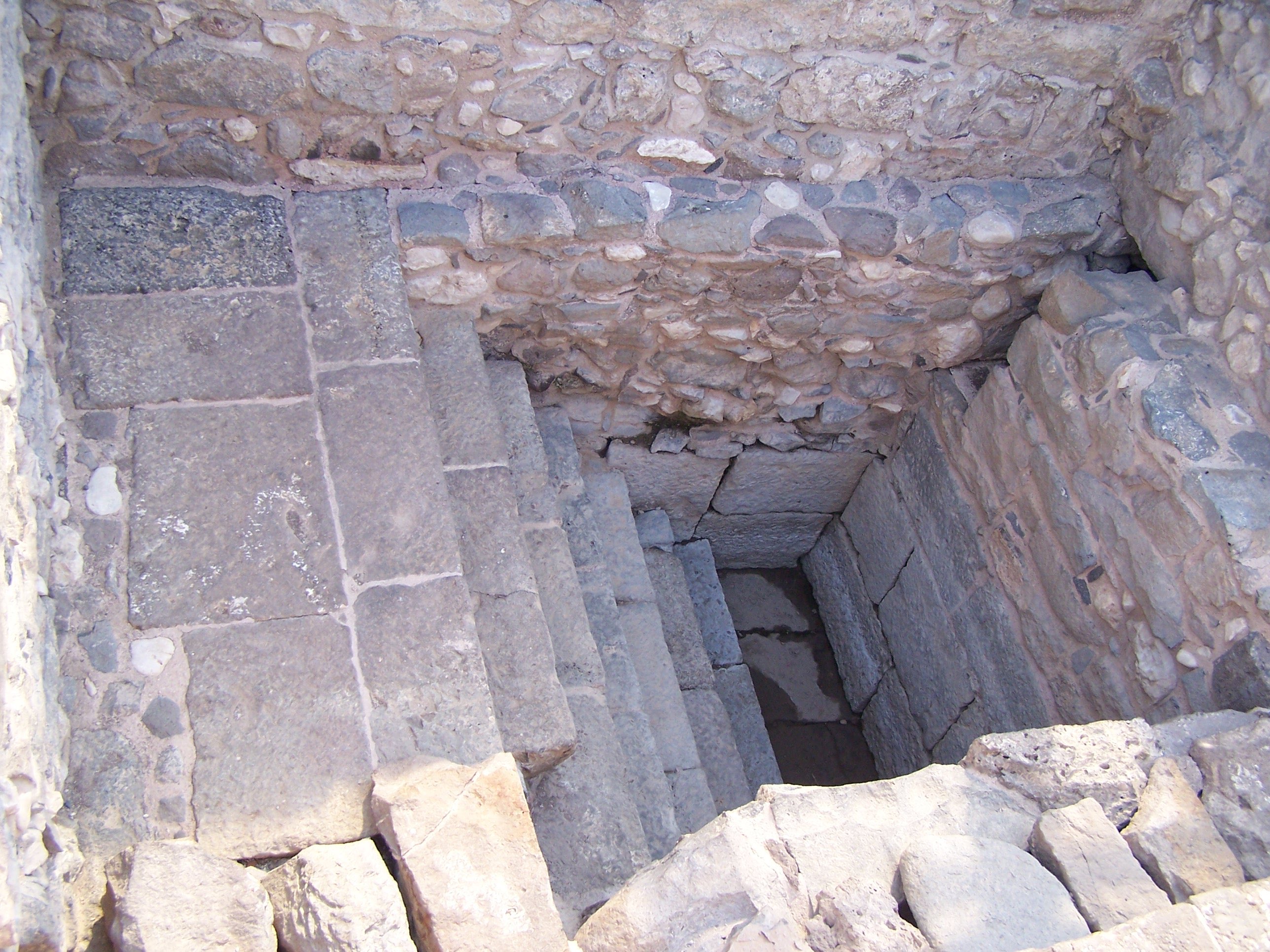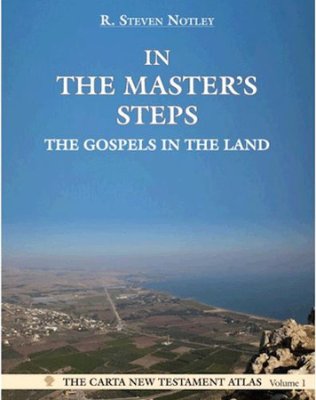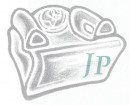The earliest mention of Magdala, a town which lay on the western shore of the Sea of Galilee, is found in the writings of Strabo (mid-first cent. B.C.E to early first cent. C.E.). Strabo, who referred to Magdala by its Greek name Taricheae (“salted fish”), stated: “At the place called Taricheae the lake supplies excellent fish for pickling; and on its banks grow fruit-bearing trees” (Geography 16:2 §45; Loeb). Magdala’s Hebrew name, Migdal Nunia (“fish tower”; b. Pes. 46a), also refers to the fishing industry, which was the economic backbone of this town. Both the Babylonian Talmud (ibid.) and Josephus (Life §157) mention Magdala with respect to its proximity to the city of Tiberias.
The Gospels do not mention Magdala except obliquely as the hometown of “Mary (called Magdalene) from whom seven demons had come out” (Luke 8:2; cf. Mark 16:9). Since “Mary” was one of the most common names for Jewish women in the first century C.E., mentioning the town of her origin helped to distinguish this Mary from the other Marys who were associated with Jesus.
Despite the absence of any definite report in the Gospels to confirm our suspicions, the probability that Jesus visited Magdala during his itinerant mission is strong. Not only did Jesus have at least one follower from Magdala—the Mary mentioned above—but literary and recent archaeological evidence reveals that Magdala boasted a vibrant Jewish community in the first century C.E.
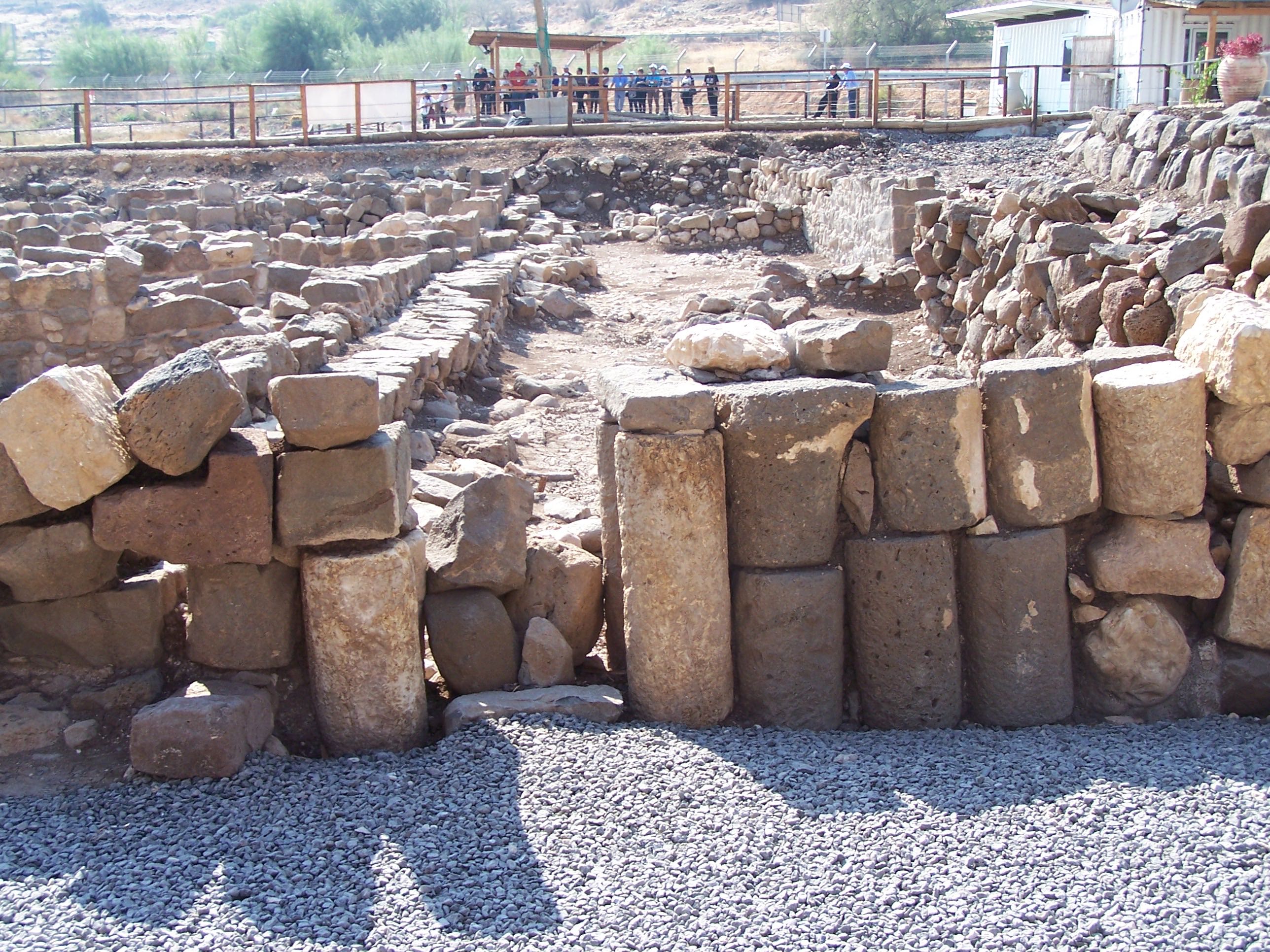
A Magdala street blocked with column drums, perhaps part of Josephus’ defensive preparations for the Roman assault. Photo courtesy of Joshua N. Tilton.
According to Josephus, Magdala was an important Jewish population center at least as early as the mid-first century B.C.E. (J.W. 1:180). Josephus, who was commander of the Galilee during the First Jewish Revolt against Rome, describes how, in preparation for the Roman assault, he had personally overseen the fortification of Magdala. Although Josephus boasts that Magdala was “completely surrounded…with solid ramparts” except for the side facing the water (J.W. 3:464), only hastily built roadblocks have been found in recent excavations. These finds confirm Josephus’ own admission that the fortification of Magdala was not as strong as that of Tiberias (J.W. 3:465).
Other archaeological finds indicating a flourishing Jewish presence in Magdala include several ritual baths (mikva’ot), a public structure, which has been identified as the first-century synagogue, and a stone table bearing the earliest known carving of the Temple’s menorah (see featured image above). These new archaeological finds attest to the bustling Jewish town that thrived on the shore of the Sea of Galilee in the time of Jesus.
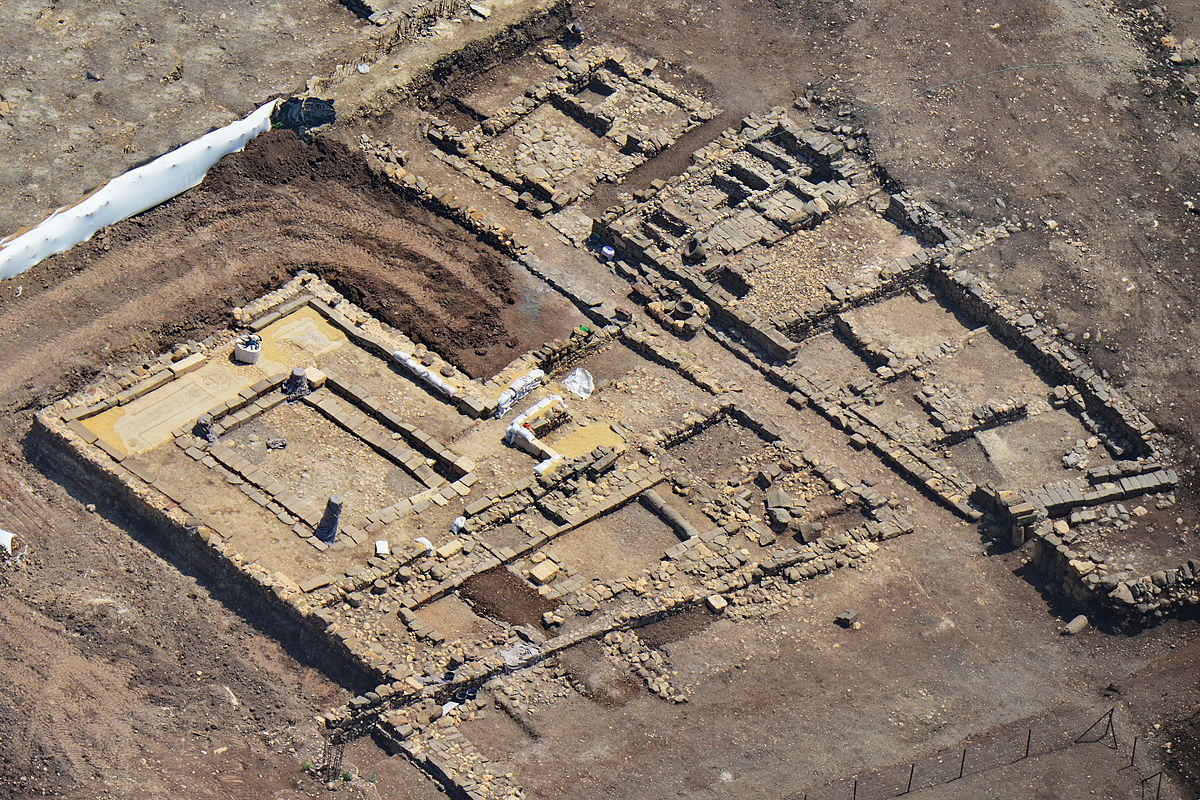
Aerial photograph of the first-century synagogue discovered at Magdala. Image courtesy of Wikimedia Commons.
Paid Content
Premium Members and Friends of JP must be logged in to access this content: Login
If you do not have a paid subscription, please consider registering as a Premium Member starting at $10/month (paid monthly) or only $5/month (paid annually): Register
One Time Purchase Rather Than Membership
Rather than purchasing a membership subscription, you may purchase access to this single page for $1.99 USD. To purchase access we strongly encourage users to first register for a free account with JP (Register), which will make the process of accessing your purchase much simpler. Once you have registered you may login and purchase access to this page at this link:

